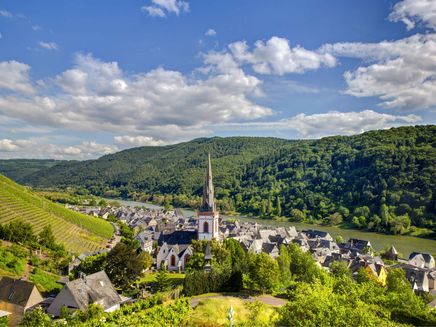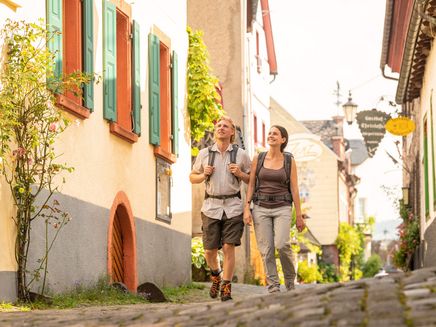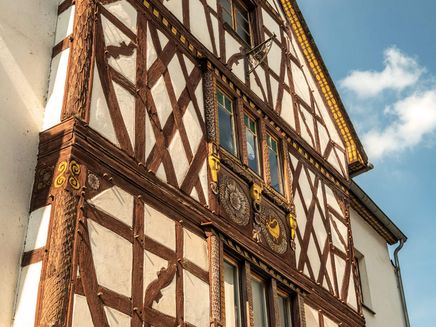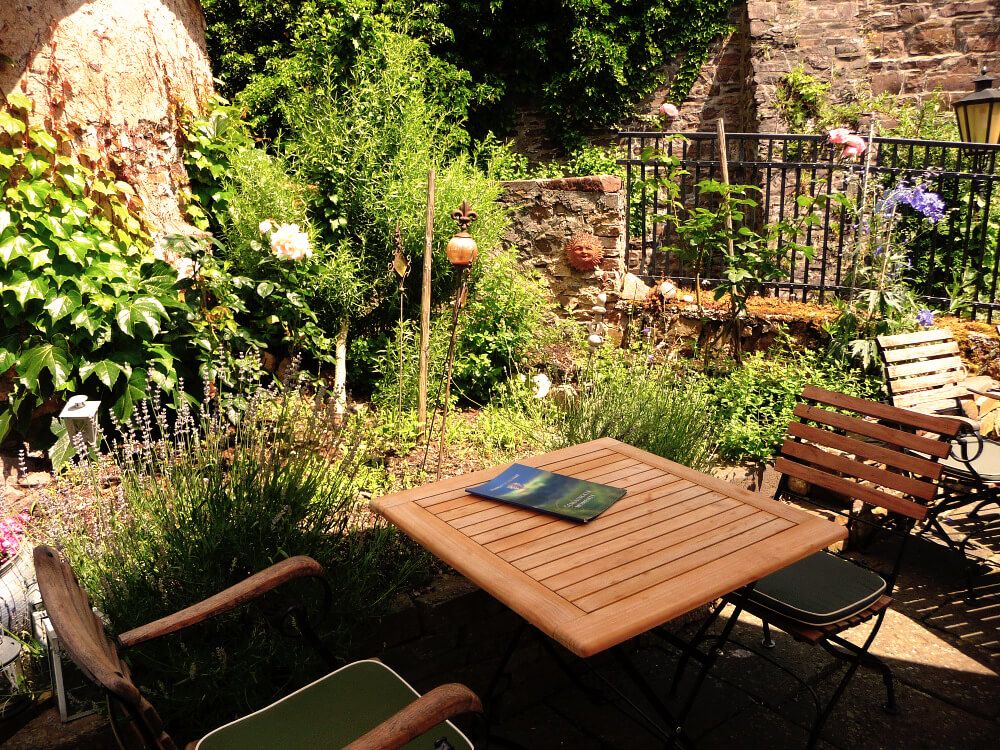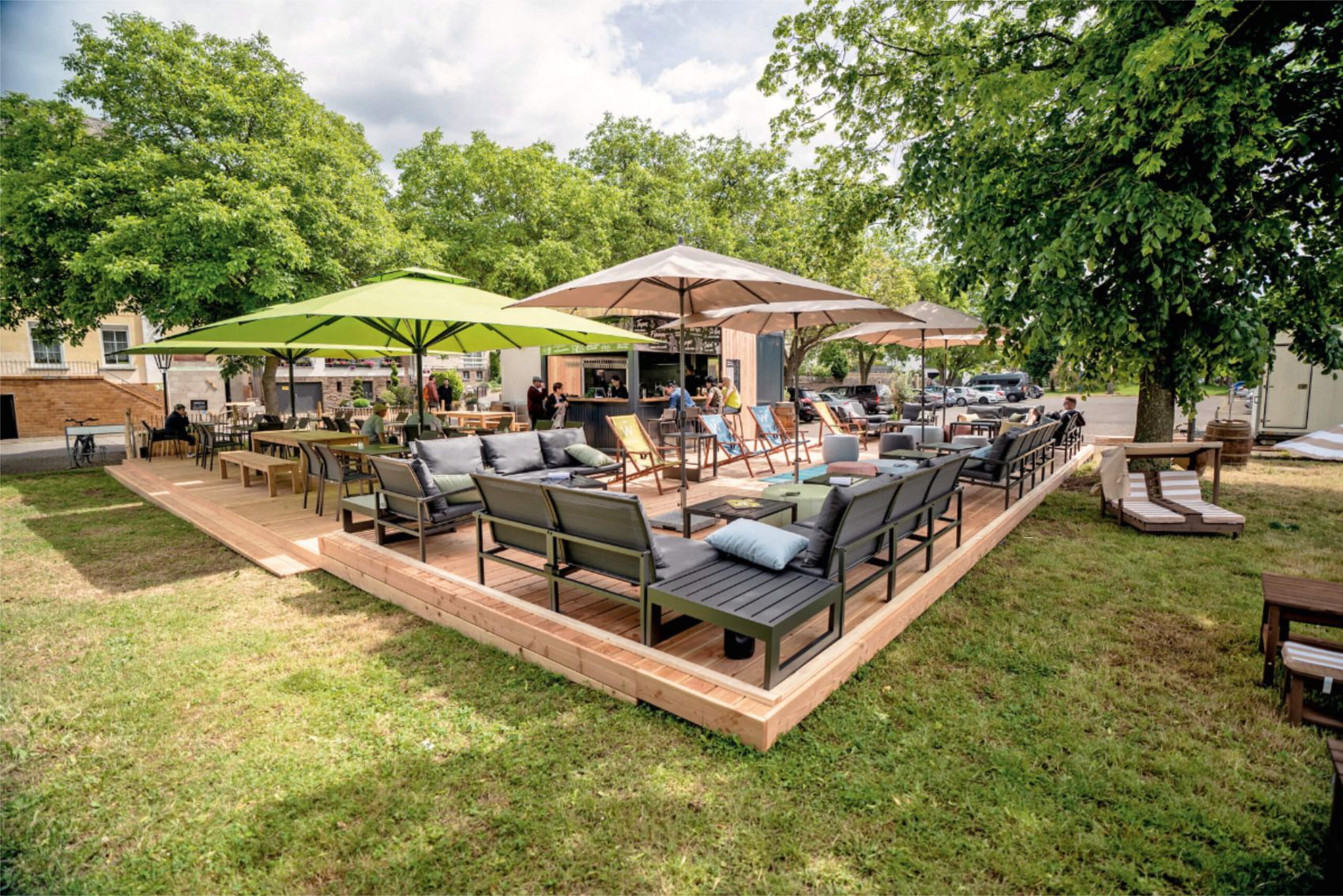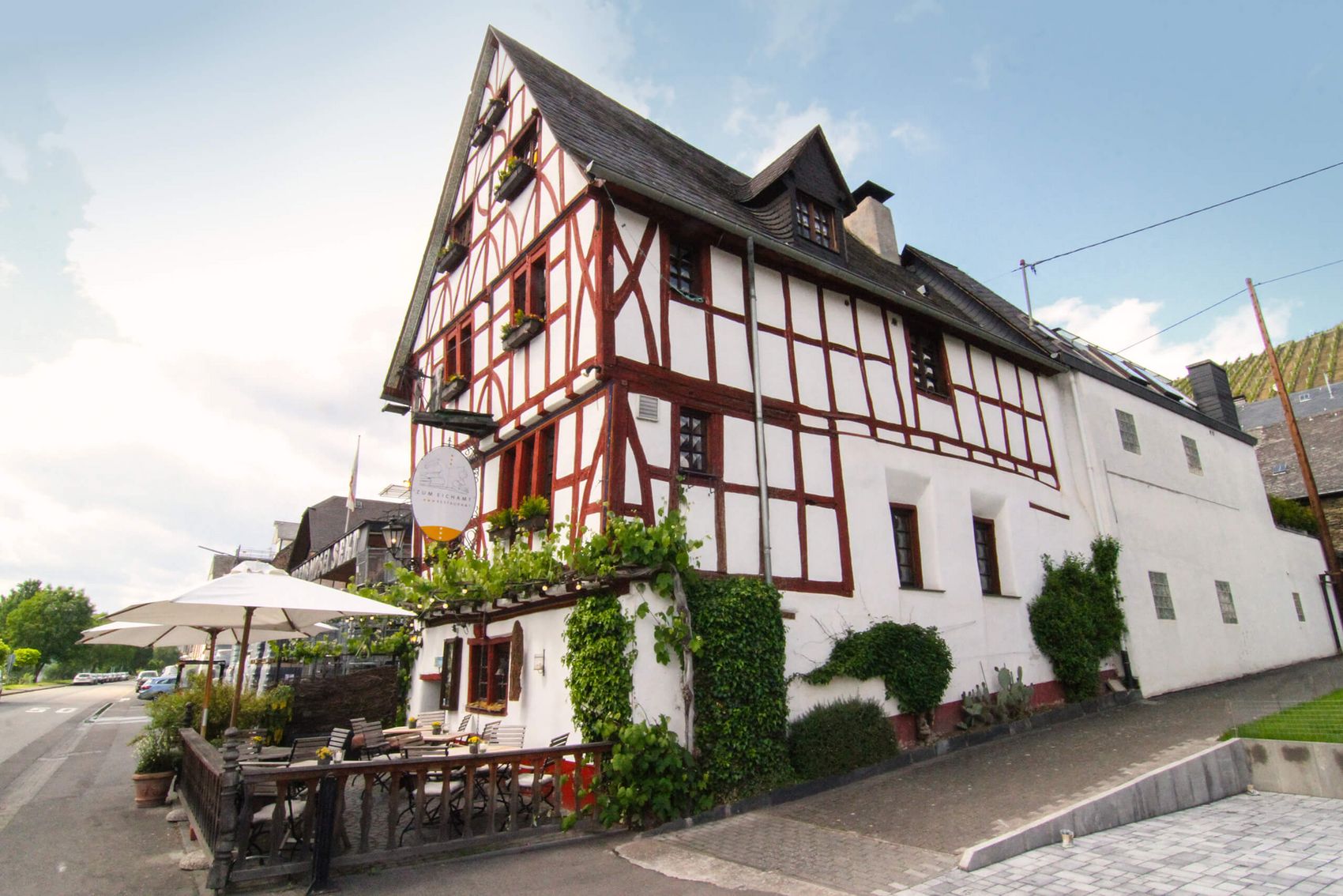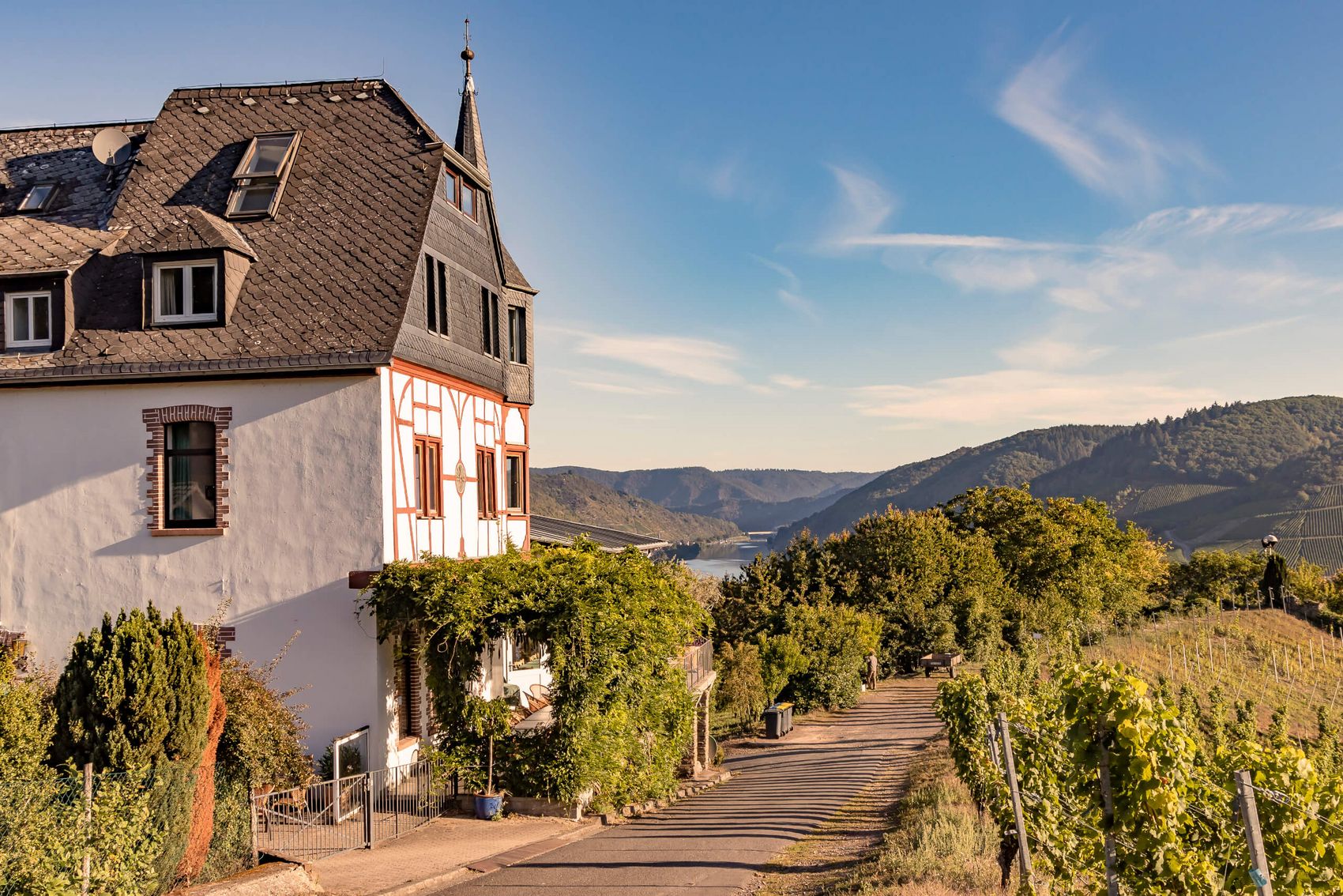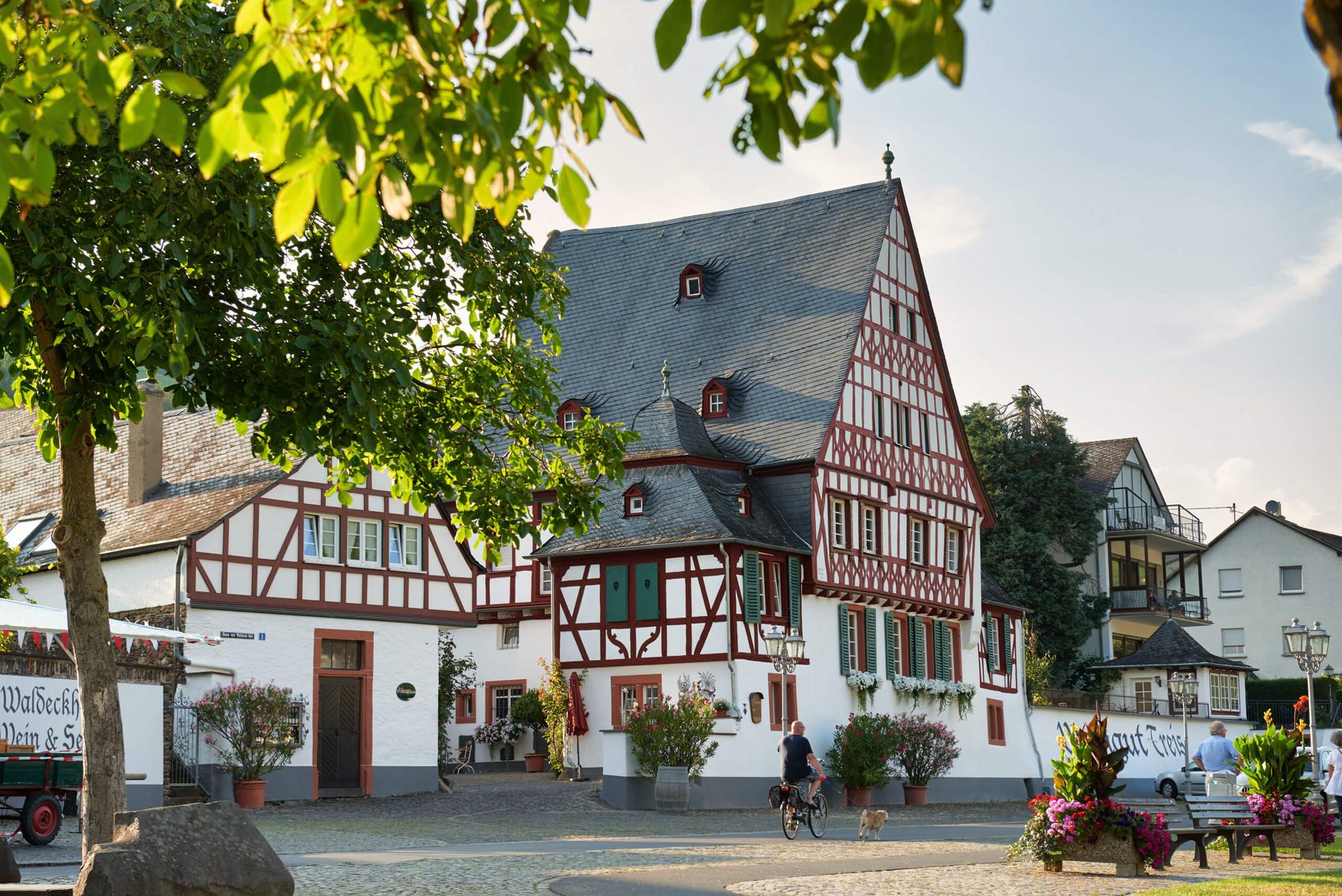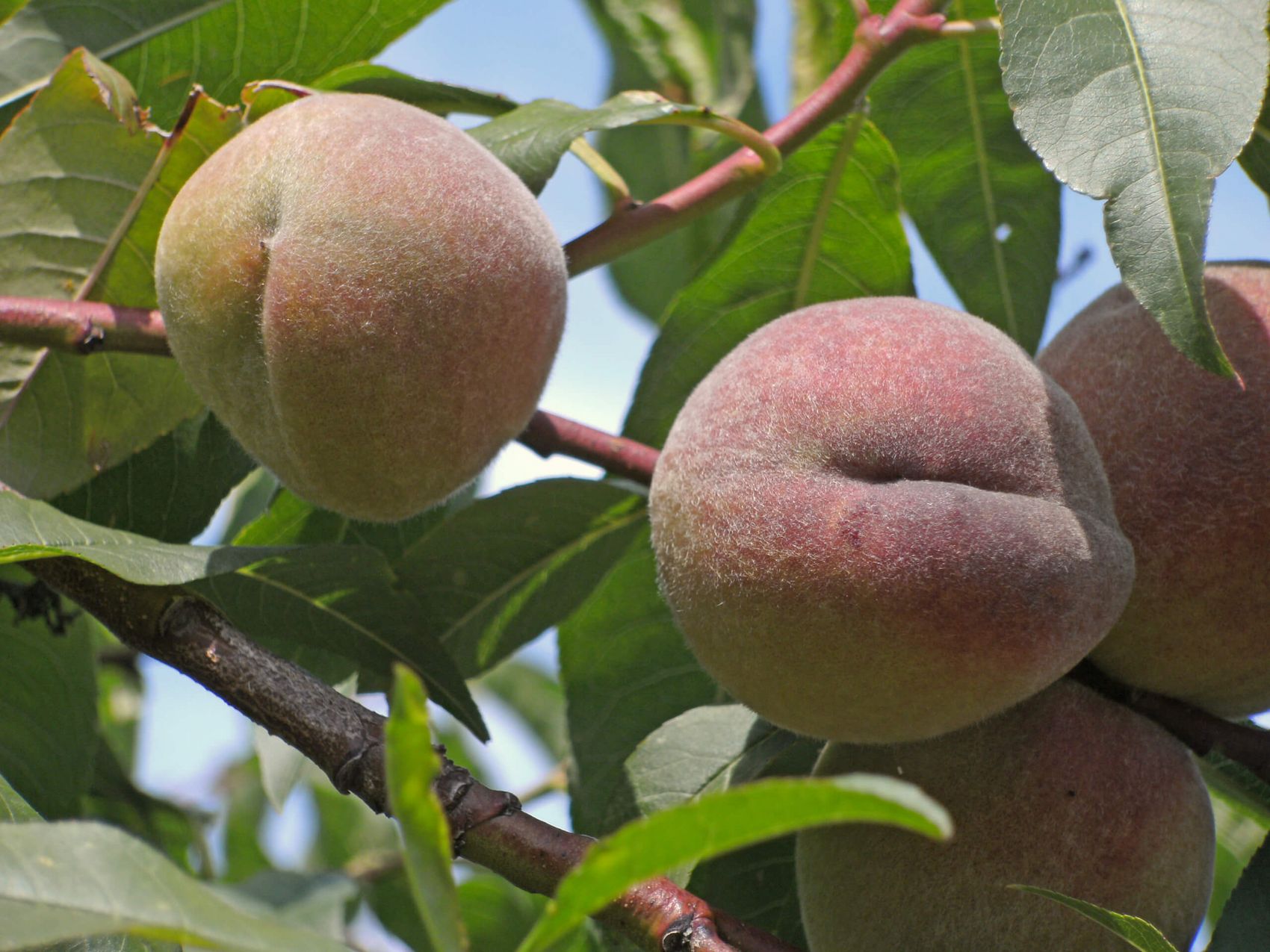Culture and indulgence amid steep vineyards
Many people immediately think of Cochem and Zell when they read or hear the word “Mosel”. These locations are veritable tourist magnets! And all those people certainly aren’t mistaken. The two small towns really do have plenty to offer. But as we all know, tastes can differ; while some guests only feel happy when there’s a lot going on, others long for peace and quiet. You’ll find both preferences amongst our tips! We’ll also be taking a look at the food & wine and cultural highlights of Cochem and Zell. Let yourself be inspired by excursions into the surrounding area, which promise some wonderful experiences.

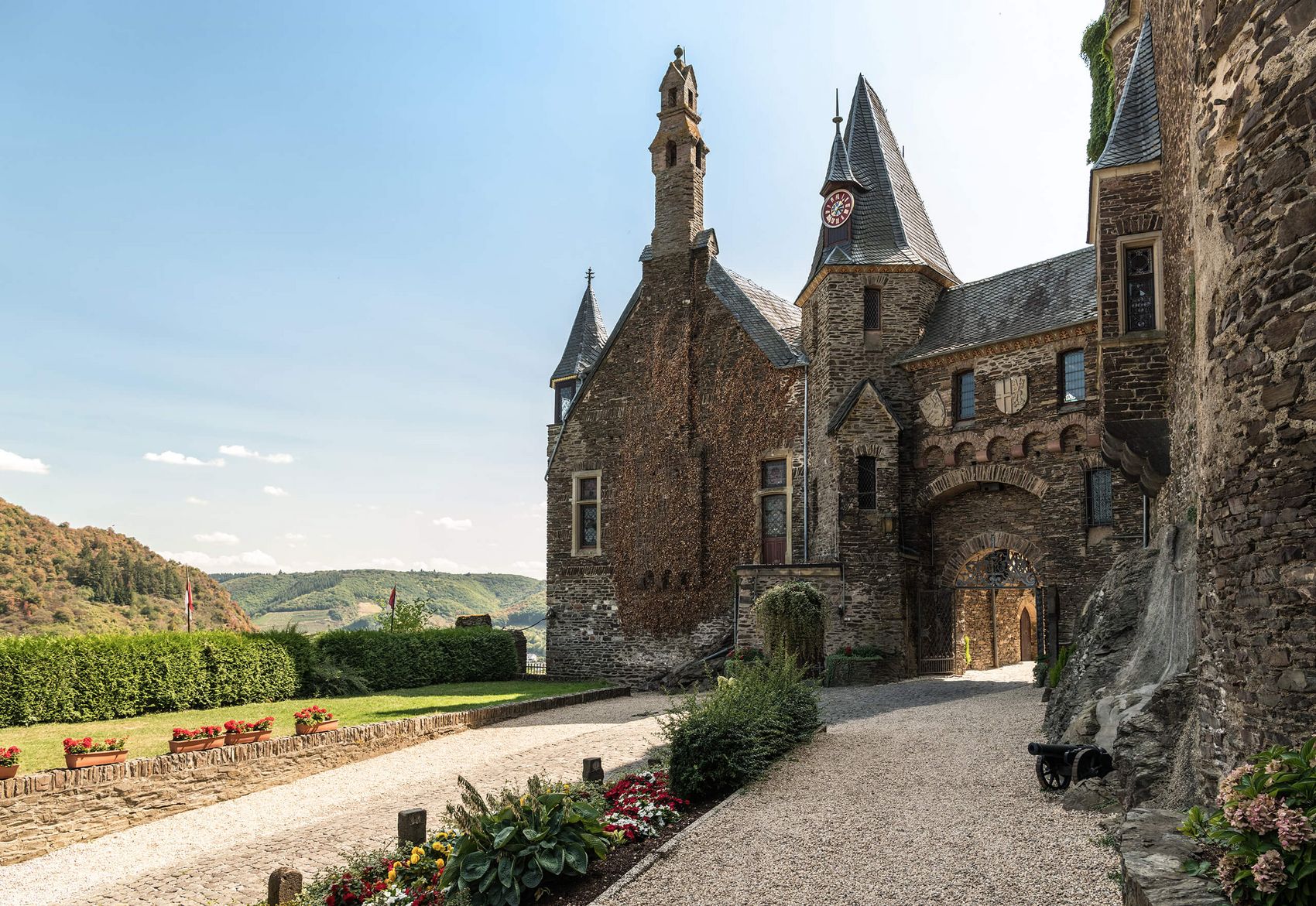
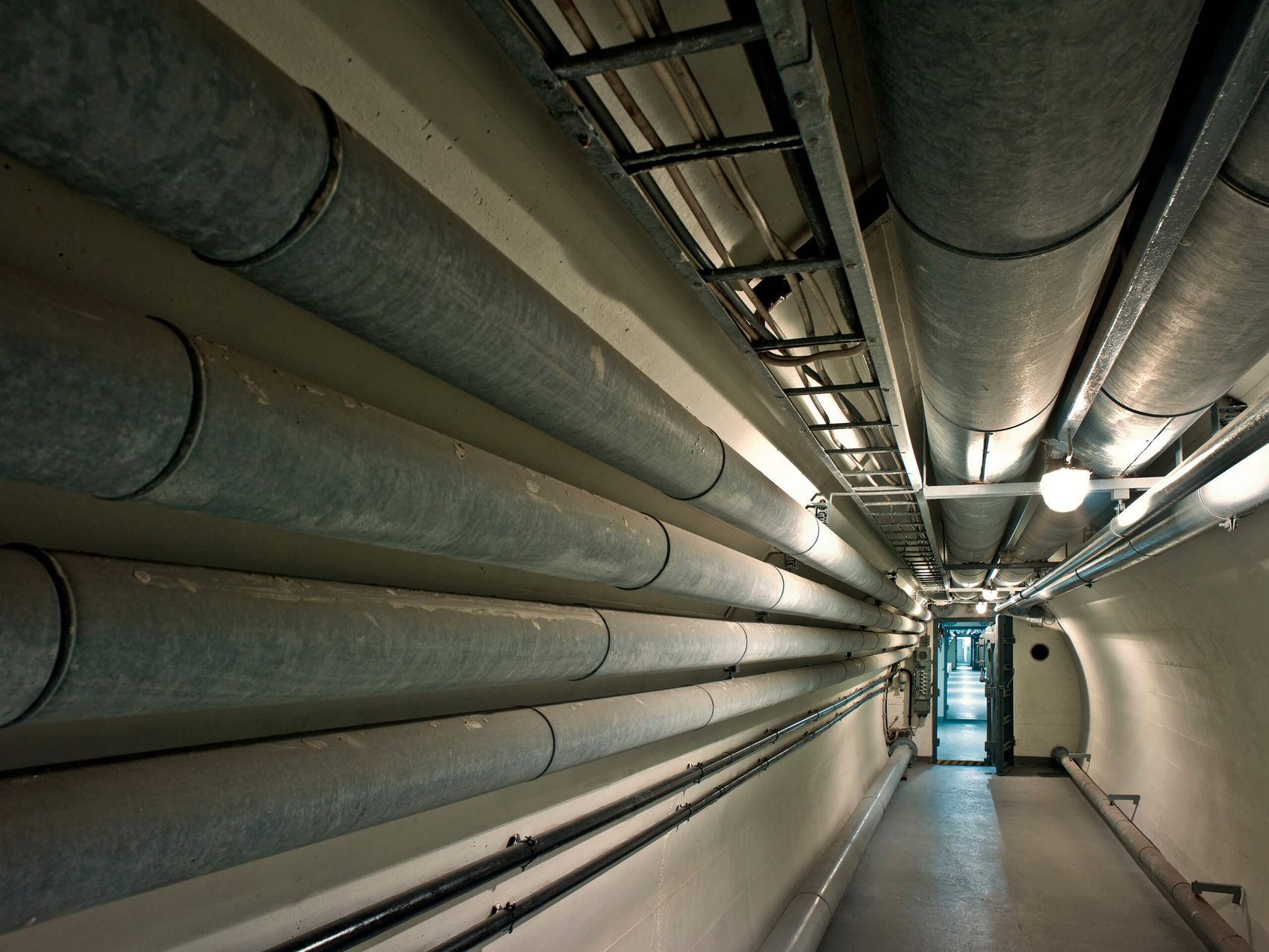
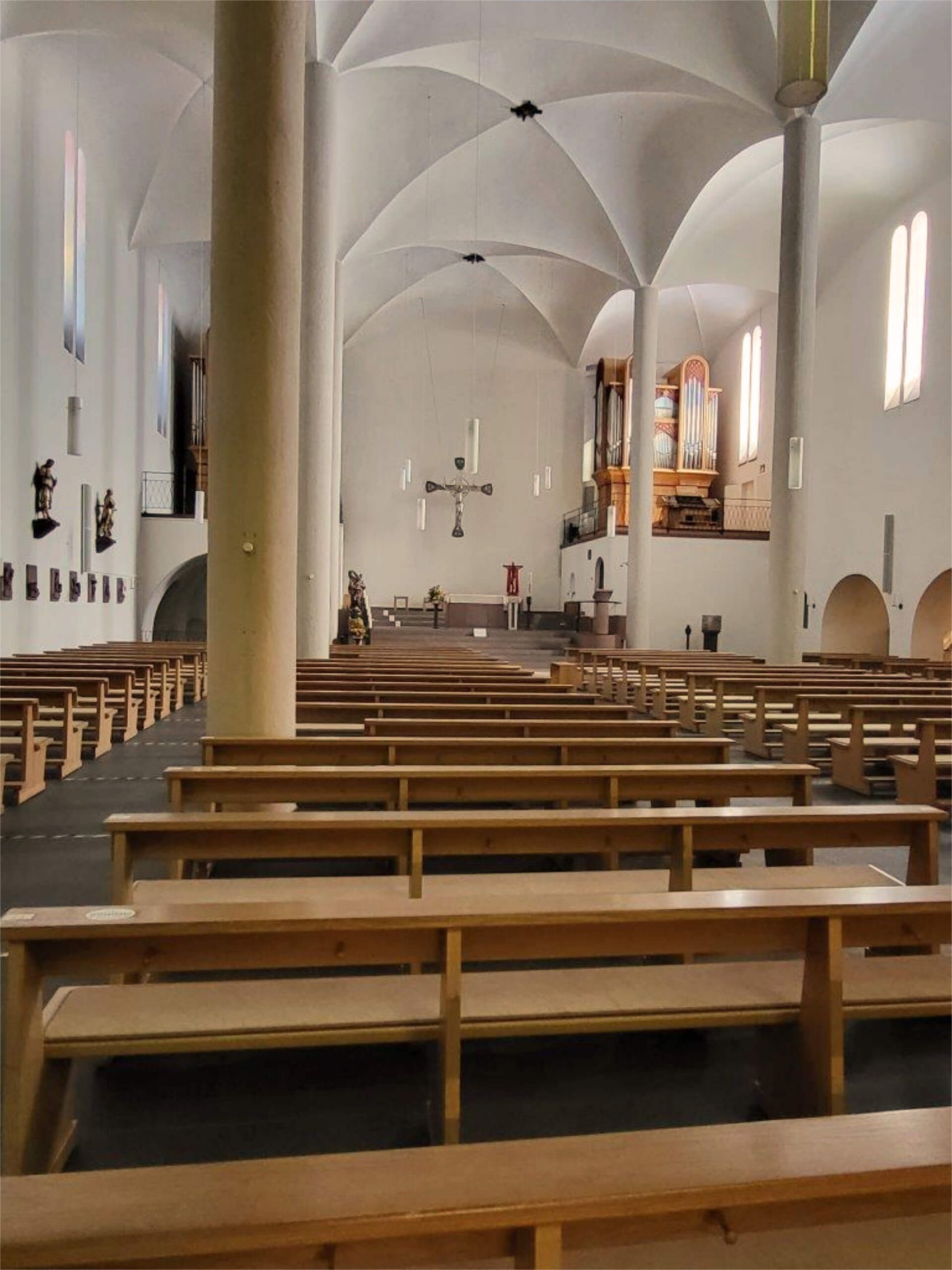
![[Translate to English:] Ansicht auf eine Frau im Sommerkleid und Hut mit Ausblick auf die Moselschleife bei Beilstein.](https://en.visitmosel.de/fileadmin/_processed_/f/d/csm_Beilstein_Moselschleife_Elina_Leitz__Petit_Chapeau_Blog_2ccbfaf46d.jpg)

